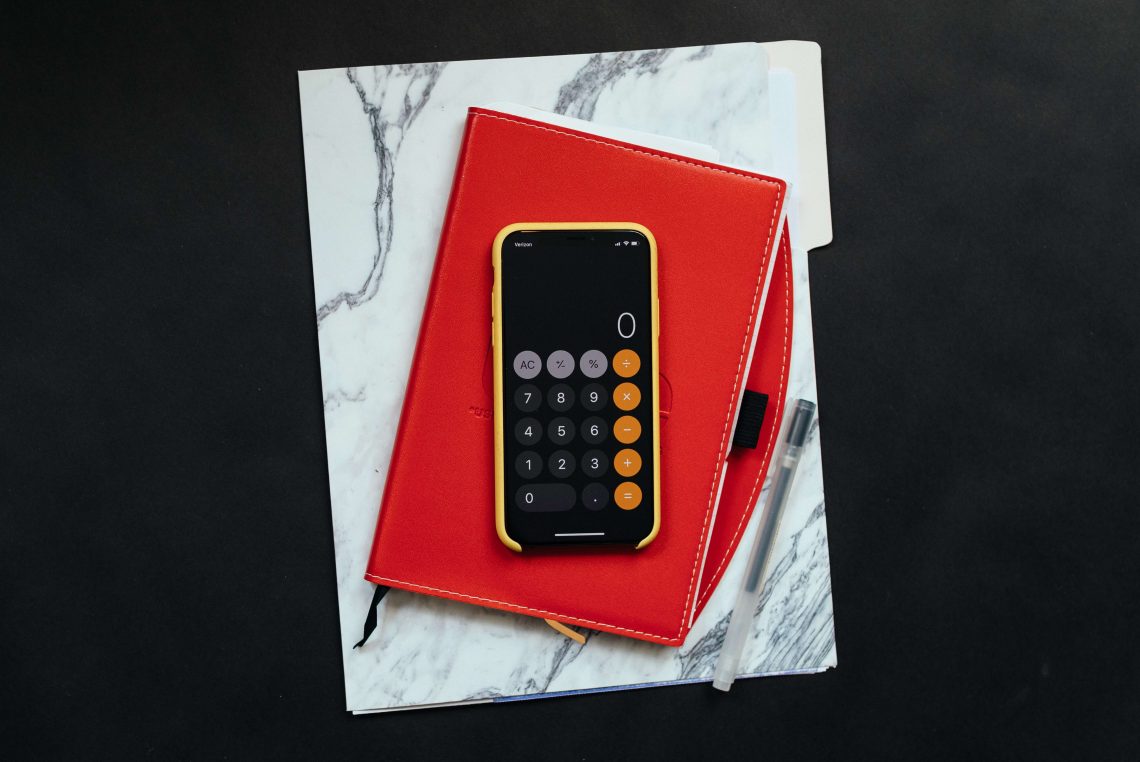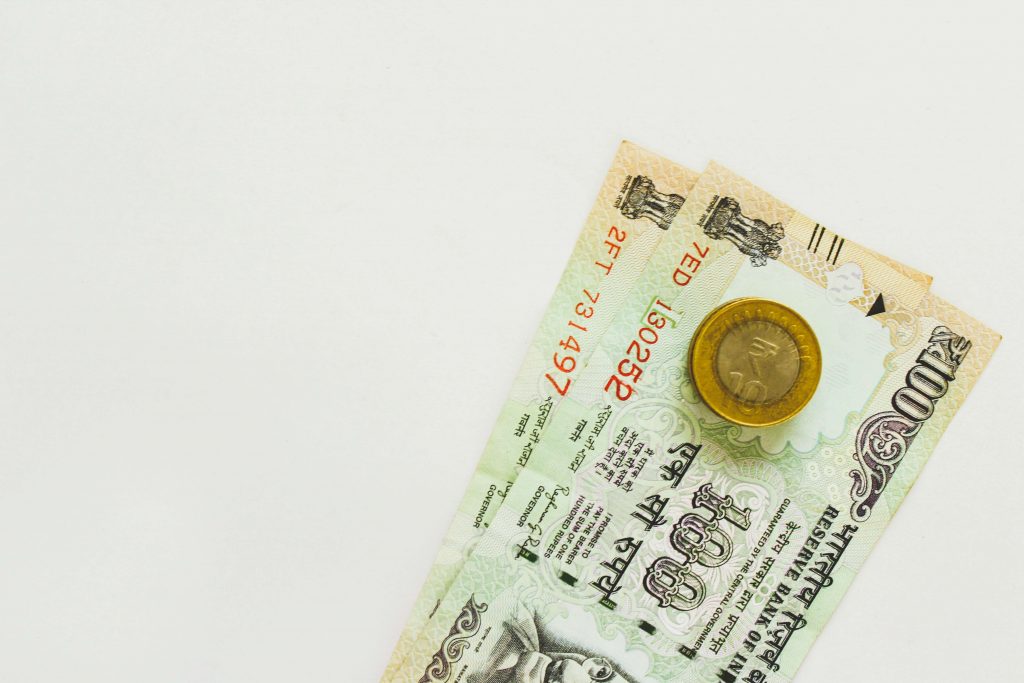
Pricing Strategy: Before Setting Product Prices, Read This Article
Setting the price for a product is not an easy game. It is all about mastering the balance of creating a number that persuades buyers. If the price is too high, customers will reach out to more affordable brands with similar products. Or if a price is under average, it cannot generate any profits.
There can be several calculations in price strategies and lots of calculations to make in terms of production costs and revenue targets. By reading the article, you will create a sense of pricing by getting the core value out of several pricing strategies on the market.
1. Keystone pricing
Keystone pricing refers to the method of selling items to end consumers with the price that doubles the wholesale price. For example, if importing a T-shirt from suppliers costs $20, then $40 is the price sold on to the market.
This is such an easy markup method allowing you to set price without any calculators. However, depending on the product types and competitions, keystone pricing can be too high or too low. Therefore, be sure to check out related factors before applying this pricing. If the products can be easily purchased in other places, then it can be quite challenging to attract buyers.
On the other hand, if you are selling a unique and highly demanded item, keystone pricing will level up the game by gaining substantial profits in your pocket.
2. Bundle pricing
It’s not hard to find store chains that apply a pricing strategy like fashion stores. Following bundle pricing, retailers offer a set of products or a package at a lower price than the price of each item if bought separately. This is widely applied to the business of complement products like fashion or gaming, for example.
The downside of bundle pricing is that it can reduce the number of consumers desiring to buy an individual item only due to the higher cost.
3. Penetration pricing and discount pricing
When you are newcomers in the market and want to beat out competitors with similar products, most retailers will choose penetration pricing. The target of this pricing is attracting customers to a new product by offering a lower price at first, therefore, market share is gained. For example, an online course offering one month free to entice students.
However, bear in mind that every coin has two sides. The new price-conscious consumer can choose your products initially, but once prices increase, what makes sure they still stick to your brand?

As for discount pricing, it is clear all customers are sensitive to bargain and discounts no matter how budget-conscious they are. That’s why Black Friday and Cyber Monday are such huge shopping seasons.
Discount pricing is massively applied by most retailers due to many benefits. Some of them include getting more buyers, distribute out-of-season inventory. However, like penetration pricing, if you use this pricing too regularly, your brand may potentially reduce the number of buyers once products are sold at normal prices.
4. Loss-leading pricing
Loss leading strategy is a smart choice if executed properly. You as a customer might have experienced this pricing. Retailers will attract visitors with a discounted product but end up convincing shoppers to buy several other products. For example, Gillette once offered free razor units. All buyers must purchase their shaving blades, which is referred to as an additional item.
The prime merit of this tactic is earning more sold products at one time which boosts total shopping bills. In other words, a discount item is a lucrative bait in driving more consumers.
5. Psychological pricing
When it comes to the art of pricing, setting an odd number must be one of the smartest techniques. According to several studies, products that end up with an odd number like 5, 7 or 9 stand higher chance to entice customers. They have the feeling of getting a discount, which is often an irresistible factor. Walking into a typical grocery store, it is usual to witness items price 5.99 instead of 6.

But how to choose which odd number and which decimal point is a skill. Research from the University of Chicago points out that woman clothing items sell most at $39. Other prices like $34, $40 is outsold by $39 counterpart products.
It can be extremely dangerous if you overuse this pricing method. Reducing a high-end product even with a small number can negatively affect your customer’s belief. They may think that luxurious items have faults or similar problems.
6. Competitive pricing
As the name suggests, this pricing help wipe out other competitors and gain more market share by setting lower prices. The method immediately allures budget-conscious shoppers to the brand. However, retailers must calculate strategically before applying this pricing method.
Dealing with the suppliers to reduce lower input materials will avoid you from getting into debt for selling low prices to the market. Furthermore, the type of products and positions of competitors can affect the choice of consumers. Not all people end up purchasing the cheapest items, sometimes, brand loyalty drives their actions.
7. Premium pricing
On the other side of the spectrum, we have premium pricing. This sounds unbelievable but there is an increasing number of shops applying this method. Retailers strategically set the price above the market one to build up a high-end, exclusive, edgy brand awareness. The core psychology is that consumers may associate the product with higher quality.

The premium pricing strategy can be quite tricky to incorporate due to many related factors like competitors and target customers. Therefore, it is of importance to do careful market research beforehand.
So, which pricing technique should I choose?
There is no fixed strategy to apply to a specific product line. It is up to retailers to implement multiple strategies flexibly. An in-depth understanding of each pricing method will help you decide the one that works best for your business.
Besides pricing, there are other crucial tasks to get hold of and they can be demanding to execute on your own. Bear in mind that many Shopify apps are available 24/7 to assist you with the operation professionally.




